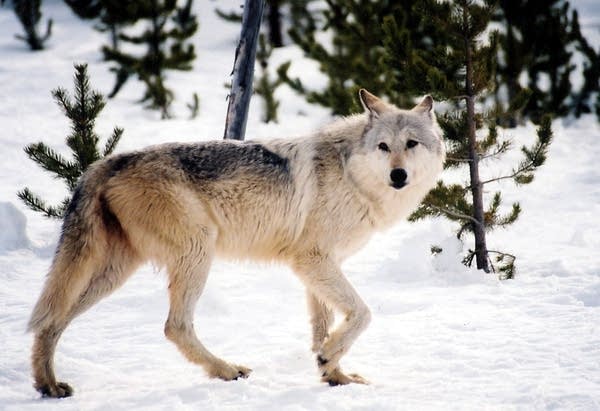Gray wolves lose federal protection; state will manage instead

This undated image provided by Yellowstone National Park, Mont., shows a gray wolf in the wild inside the park.
MacNeil Lyons | National Park Service via AP
Go Deeper.
Create an account or log in to save stories.
Like this?
Thanks for liking this story! We have added it to a list of your favorite stories.


